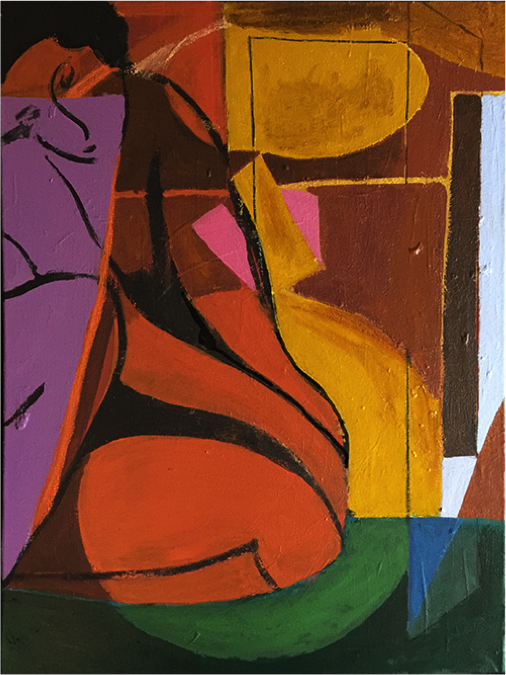FREDDY FABRIS @ EDINBURGH ART FAIR
By Lauren Frost 21st October 2016About Freddy Fabris
Having found international success with his commercial photography endeavours, more recently the famed Freddy Fabris has found acclaim for his first foray into Fine Art Photography with his inaugural 'Renaissance Series'. With over 16 years of experience in the photography industry, Freddy has enjoyed a highly successful career thus far, shooting globally for both commercial and conceptual projects. He has worked with BMW, Toyota, Coca Cola, Saatchi & Saatchi, Panasonic and Levi, to name just a few. Here at Urbane, we are extremely fortunate to have a large number of prints on offer from this limited edition series.
With each of his ‘Renaissance Series’ photographs, Fabris’ talent and technical proficiency shine through; the detail and finish of each piece is second to none. The framing for each particular print is selected by the artist himself, to reflect the ambiguity between modern and classical traditions that are expressed in his photographs. All frames are also finished with anti-reflective, conservation grade glass.
Each scene is beautifully lit; highly stylised, but characteristic of Fabris’ commercial aesthetic. His use of light, the dramatic chiaroscuro, calls to mind Caravaggio; the poses and postures are overt references to the work of other historical painters he has used for inspiration, such as Rembrandt and Michelangelo. Through his camera lens, Fabris aspires to these Renaissance masters, but also endeavours to play on the complementary qualities of old and new, bringing a fresh, invigorating interpretation of these works to his Fine Art series. The viewer can see through these images the endeavour of the young Fabris to aspire to the greats, but yet also to continue in the vein of his commercial successes with a style that is recognisably his. As much as the poses and compositions of the photographs are highly reminiscent of famous paintings such as The Last Supper and The Creation of Adam, the subtle intricacies of these pieces elevate them from being a simple reimagining of a classical work. To take The Last Supper, for example, the viewer sees an old car part hanging behind the head of a Christ-like figure, to suggest a sort of halo that identifies the figure as a modern messiah; Fabris’ work engenders itself in the genealogy of a symbolic practice that is rooted in centuries of art historical tradition, giving serious weight and credence to the Renaissance Series.
The viewer can read more into Freddy’s work if they choose to; calling to mind the works of Dutch artists, who painted flowers and food as a means to reflect the passing of time and the transience of material objects and the volatility of their own economy. In the same way, the viewer can wonder whether his Still Life images are suggestive of our own material culture; Fabris must be aware of the impermanent nature of the work that has made his such a commercial success?
Undoubtedly, Fabris’ ultimate goal is to elevate the everyday to the sublime, imparting ash trays and take-out dinners with a heightened sense of sophistication; both playful and thoughtful, Fabris’ work is truly unique in its originality and execution.
Dance II
Porcelain

Journey to the Arctic
Acrylic on canvas

Balmoral
Wood and mixed media
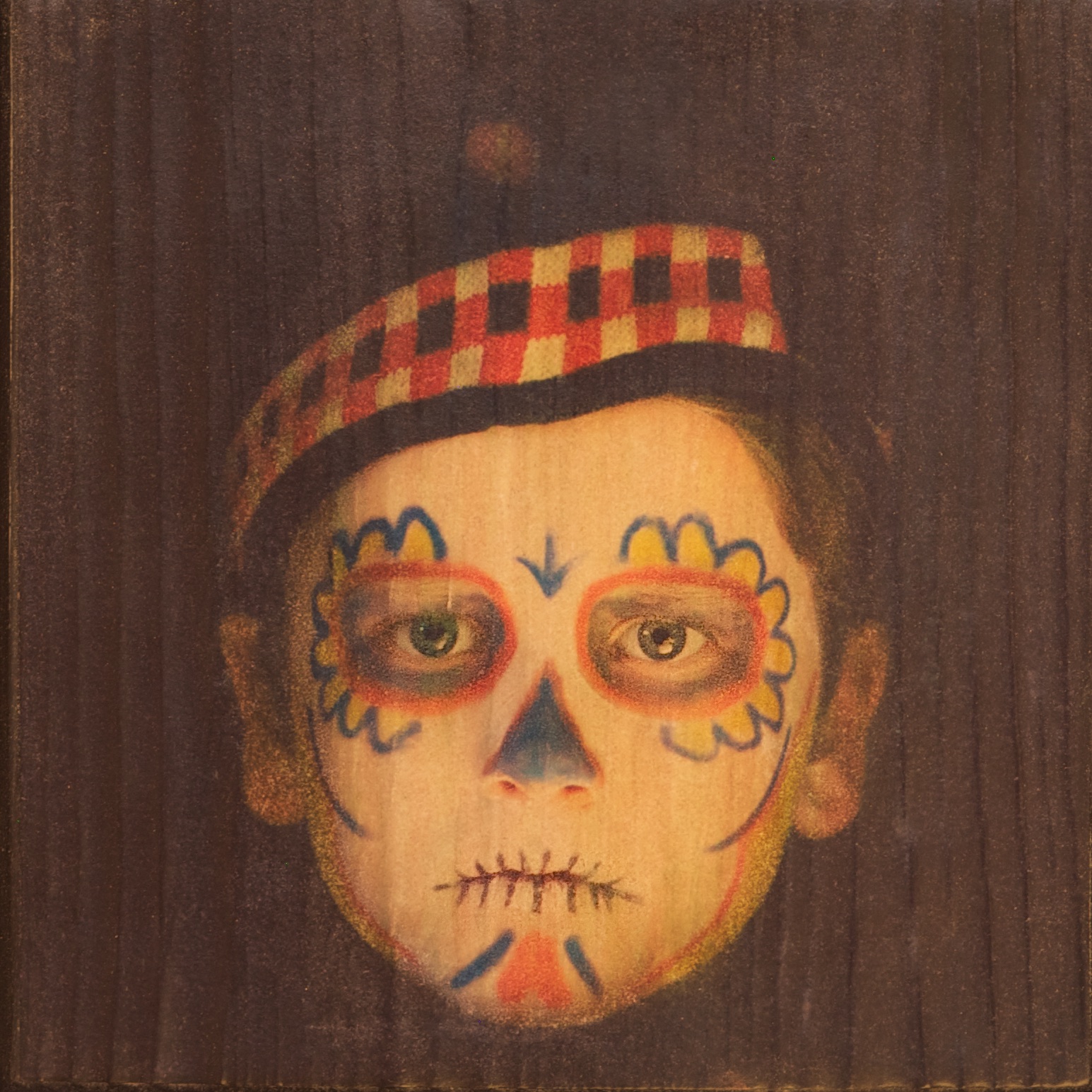
Edinburgh
Ink and coloured pencil on cartridge
.jpg)
Human
Pencil on paper and OLF lens
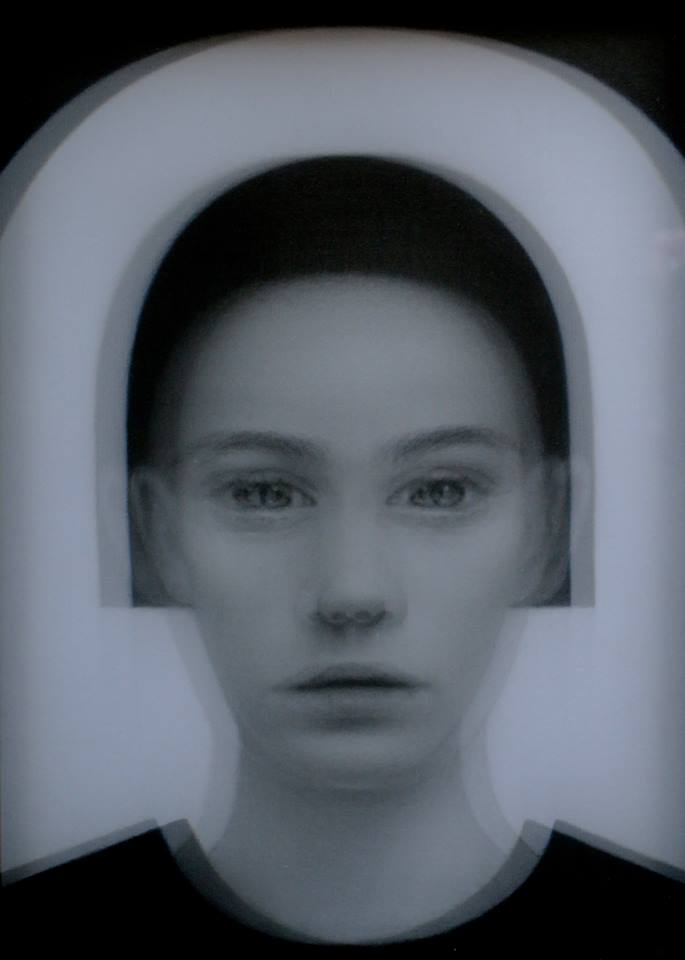
Cheryl
Spray paint, resin and polystyrene
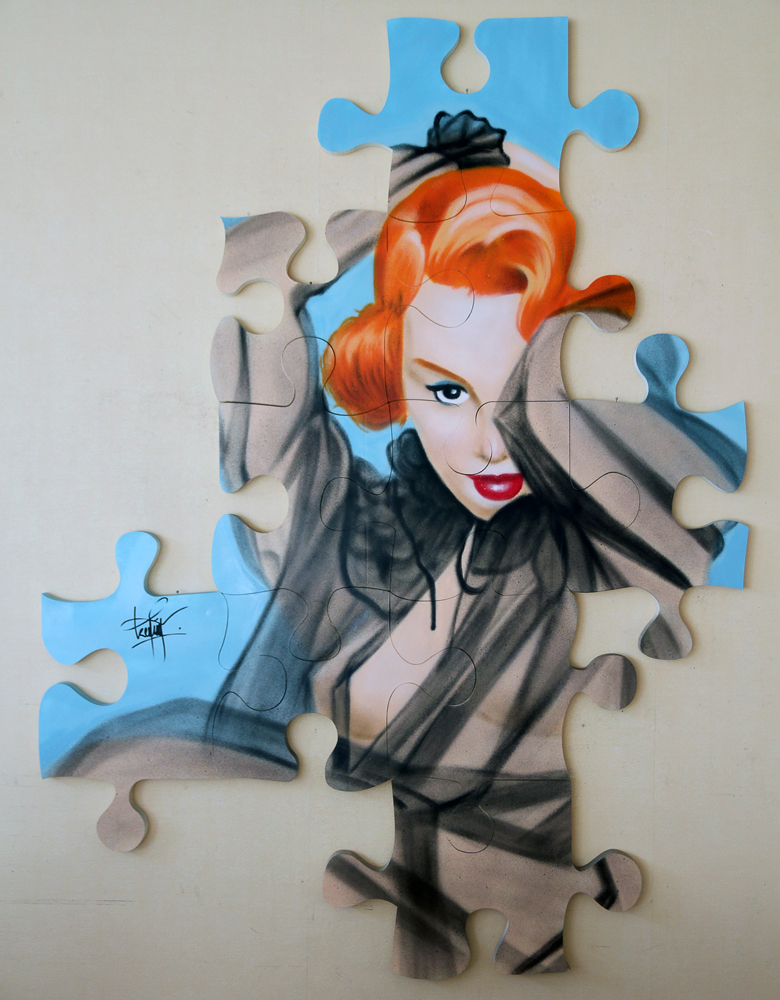
Ohne Titel
Acrylic, chalk, crayon and gesso on stretch canvas
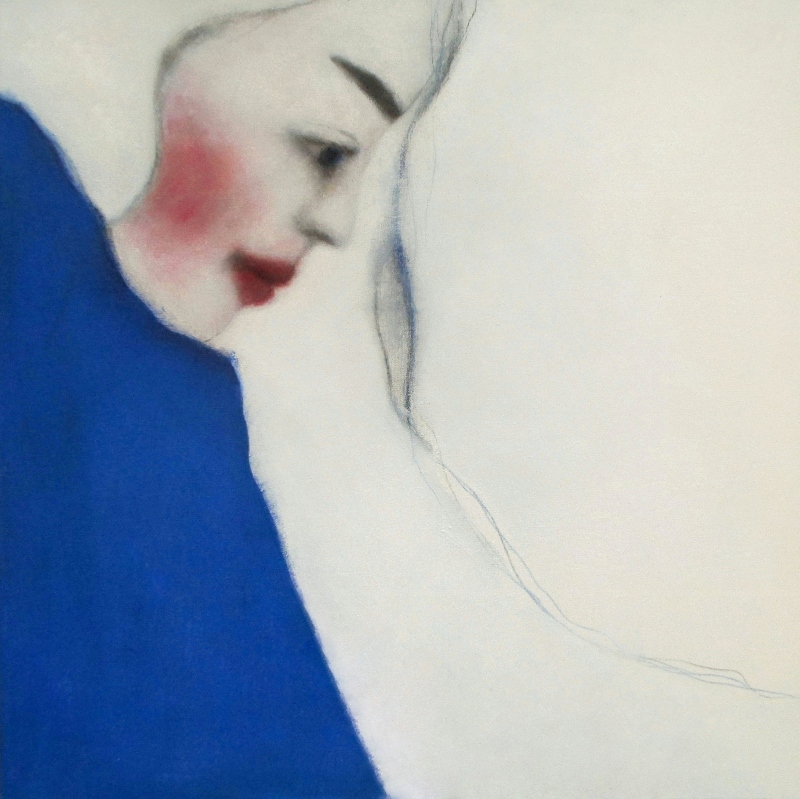
Almost Still
Mixed media on paper
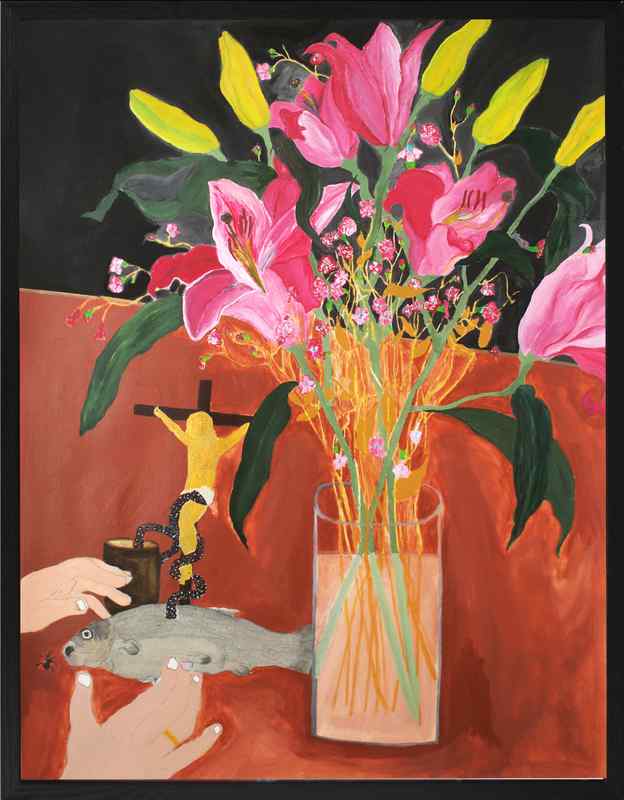
The Open Door
Acrylic on canvas
